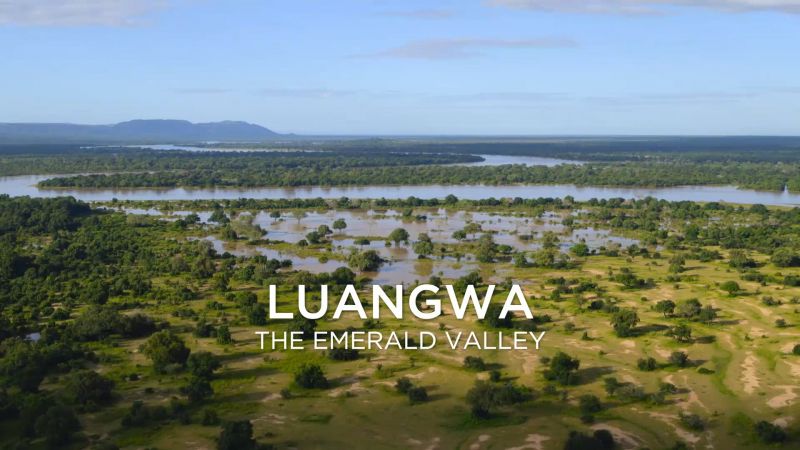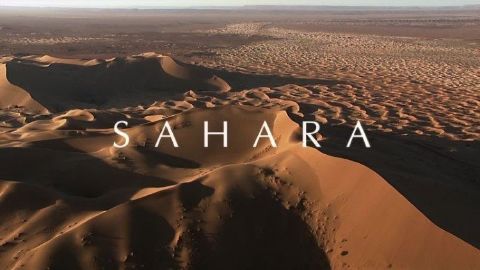Flying Monsters with David Attenborough • 2011
Two hundred million years ago there was an extraordinary development in the history of life: an ancient group of reptiles made a giant evolutionary leap into the skies. In this groundbreaking, BAFTA winning, documentary, David Attenborough travels back in time to discover how and why these creatures took flight, and why after 150 million years of aerial domination they vanished. Using state of the art CGI, and based on new finds and the latest research, Flying Monsters recreates these spectacular creatures and takes us into their world. Beginning on Dorset’s 'Jurassic Coast', David’s journey takes him to sites around the world, from Southern France to New Mexico. With the help of a team of scientists he unravels one of palaeontologys enduring mysteries, how did lizards the size of giraffes defy gravity and soar through prehistoric skies? Driven by the information he finds as he attempts to answer these questions, Attenborough finds that the marvel of pterosaur flight has evolutionary echoes that resonate even today.
Make a donation
Buy a brother a hot coffee? Or a cold beer?
Hope you're finding these documentaries fascinating and eye-opening. It's just me, working hard behind the scenes to bring you this enriching content.
Running and maintaining a website like this takes time and resources. That's why I'm reaching out to you. If you appreciate what I do and would like to support my efforts, would you consider "buying me a coffee"?
Donation addresses
BTC: bc1q8ldskxh4x9qnddhcrgcun8rtvddeldm2a07r2v
ETH: 0x5CCAAA1afc5c5D814129d99277dDb5A979672116
With your donation through , you can show your appreciation and help me keep this project going. Every contribution, no matter how small, makes a significant impact. It goes directly towards covering server costs.





